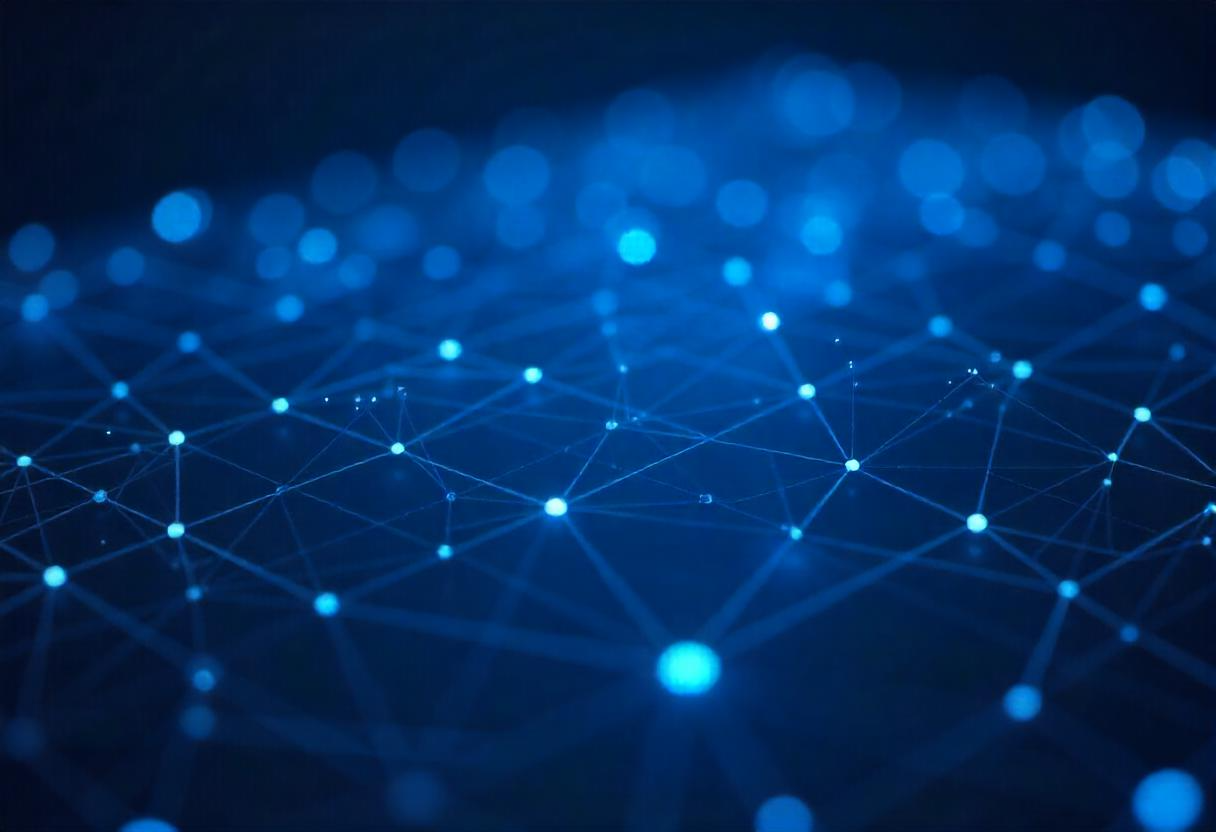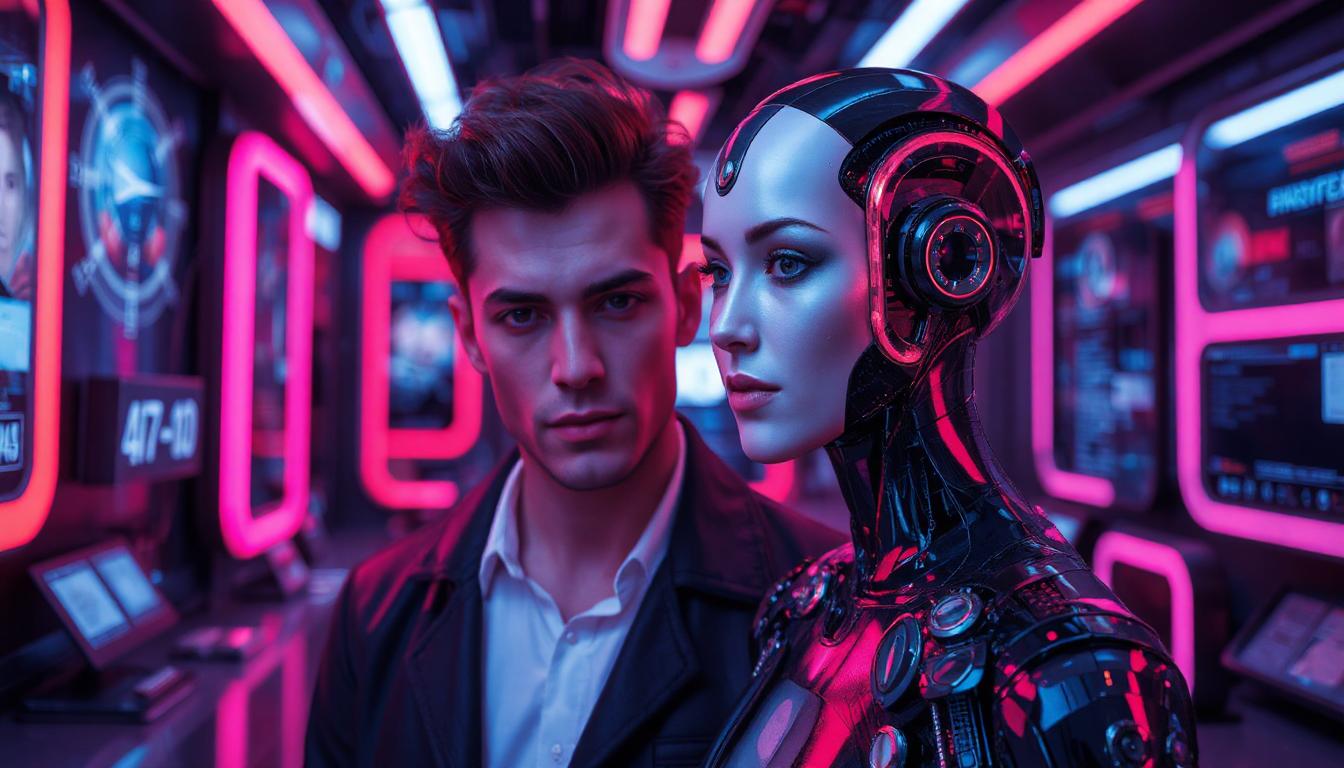Introduction
You scroll through Instagram, captivated by a stunning travel shot or a perfectly curated outfit. The influencer looks flawless, their life aspirational. But what if that influencer... isn't real? Welcome to the world of AI influencers, digitally created personalities who are amassing millions of followers, striking brand deals, and blurring the lines between reality and the virtual.
From the eternally youthful Lil Miquela (https://www.instagram.com/lilmiquela/) to Japan's Imma (https://www.instagram.com/imma.gram/), these virtual beings are no longer just tech experiments; they're becoming a significant part of the creator economy. But is this innovation a game-changer or a Pandora's Box? Let's explore the reported highs, lows, and the tools behind this phenomenon.
The Highs: Why Brands and Audiences are Intrigued
The appeal of AI influencers for brands and even some audiences stems from several reported advantages:
- Unparalleled Control & Brand Safety:
- A significant draw for marketers, often discussed in industry publications like Marketing Dive (search for "virtual influencers"), is the complete control over an AI influencer's persona, messaging, and actions. This mitigates risks associated with human influencers, such as past controversial behavior or off-brand statements.
- Constant Availability & Potential Cost-Effectiveness:
- AI influencers can theoretically operate 24/7, participate in multiple "virtual" events simultaneously, and be localized for global campaigns without the logistical complexities of human talent. While initial development can be costly, publications like Social Media Today have explored how long-term costs might compare favorably to high-tier human influencers.
- Novelty & Initial Engagement:
- The sheer novelty of AI influencers often piques audience curiosity. This fascination with the technology and the creative execution can lead to high initial engagement rates, a trend observable across various social media platforms where these avatars are active.
- Boundless Creative Freedom:
- Digitally native, AI influencers aren't constrained by physical reality. They can be placed in any environment, wear impossible designs, and embody fantastical narratives, offering brands unique creative avenues for storytelling.
The Lows: Ethical Quagmires and Authenticity Gaps
Despite the advantages, significant concerns and criticisms are frequently voiced:
- Concerns Over Deception & Authenticity:
- A common sentiment expressed in online discussions, for example, in forums like Reddit's r/technology or r/OutOfTheLoop when discussing virtual influencers, is the feeling of disingenuousness. Users question whether an AI can genuinely "experience" or "recommend" a product, leading to debates about the nature of authentic influence.
- Perpetuation of Unrealistic Standards:
- Many AI influencers are designed with idealized, often unattainable, physical characteristics. Ethical commentators and media analysts, whose work can be found in academic journals (searchable on Google Scholar with terms like "AI influencer ethics body image") and reports from organizations like the AI Now Institute (which researches social implications of AI), often raise concerns about the potential negative impact on body image and self-esteem, especially among younger audiences.
- Potential Job Displacement for Human Creators:
- The influencer community itself has voiced concerns, often in trade discussions or creator-focused platforms, about the potential for AI influencers to divert campaign budgets and opportunities away from human creators.
- The Need for Transparency & Clear Disclosure:
- Tech journalism outlets like Wired or The Verge (search their sites for "virtual influencers") consistently emphasize the importance of clear disclosure. Without it, audiences may feel misled if they aren't aware they're interacting with a non-human entity. Regulatory bodies are also beginning to look into this, as reported by various news outlets.
- Accountability in Question:
- Complex questions arise regarding accountability: If an AI influencer promotes misinformation or harmful content, who is responsible? The developers, the brand using the AI, or the platform hosting it? These are ongoing legal and ethical debates.
The Online Discourse: Key Themes and Where They're Discussed
Instead of individual "interviews," we can observe general trends in how different groups discuss AI influencers:
- Marketing & Advertising Professionals: Often discuss the strategic advantages (control, novelty) versus the challenge of maintaining perceived authenticity. These conversations occur on professional networks like LinkedIn (search #virtualinfluencer or #AIinMarketing), in industry-specific forums, and are covered by trade publications like Ad Age (https://adage.com/) or The Drum (https://www.thedrum.com/).
- General Social Media Users & Tech Enthusiasts: Express a mix of fascination, amusement, and sometimes unease or skepticism. Platforms like X (formerly Twitter) (search "AI influencer"), Instagram (in comments on AI influencer posts), and Reddit (e.g., subreddits like r/virtualinfluencers, r/artificialintelligence, or r/instagramreality) are hotspots for these discussions, often focusing on the "creepiness" factor or the ethics of undisclosed AI.
- Ethicists, Academics, and Researchers: Focus on the broader societal implications, including authenticity, potential for manipulation, impact on beauty standards, and the need for regulation. Their work is found in academic papers, reports from research institutions (e.g., Data & Society - https://datasociety.net/), and at ethics-focused conferences.
- Human Content Creators & Influencers: Discuss the competitive landscape, the pressure to maintain authenticity, and how AI might change the creator economy. These conversations can be found on their own channels (YouTube videos discussing the trend), in creator communities, and at industry events.
Tools of the Trade: How are AI Influencers Made?
Creating a convincing AI influencer typically involves a sophisticated blend of technologies and artistic skill, utilizing tools such as:
- 3D Modeling & CGI Software:
- Blender: A powerful, free, and open-source 3D creation suite. (https://www.blender.org/)
- Autodesk Maya / 3ds Max: Industry-standard tools for professional 3D modeling, animation, and rendering (Subscription-based). (https://www.autodesk.com/products/maya/overview)
- Daz 3D / Poser: Offer pre-made 3D models and assets that can be customized. (https://www.daz3d.com/)
- AI Image Generation:
- Midjourney: Known for its artistic and stylistic outputs. (https://www.midjourney.com/)
- Stable Diffusion: An open-source model, highly customizable. (See Stability AI: https://stability.ai/stablediffusion)
- DALL-E 3 (via OpenAI): Excellent for generating specific scenes and elements. (https://openai.com/dall-e-3)
- AI for Personality & Scripting:
- Large Language Models like ChatGPT (OpenAI) or Claude (Anthropic) can help generate backstories, dialogue, and social media captions. (https://openai.com/chatgpt, https://claude.ai/)
- Motion Capture & Animation:
- Tools like Rokoko Smartsuit Pro (https://www.rokoko.com/) or AI-powered video-to-animation software.
- Adobe Character Animator: For animating 2D characters. (https://www.adobe.com/products/character-animator.html)
- Voice Synthesis:
- Platforms like ElevenLabs (https://elevenlabs.io/) or Play.ht (https://play.ht/) for generating realistic AI voices.
It's typically a team of artists, writers, and marketers using a combination of these tools to bring an AI influencer to life.
The Future is Virtual... And Complicated
AI influencers are more than just a passing fad. They represent a significant convergence of technology, marketing, and digital art. While the reported "highs" of control and novelty are compelling for some, the "lows" concerning ethics, authenticity, and societal impact demand careful and ongoing consideration from all stakeholders.
As consumers, developing media literacy and a critical eye is more important than ever. For brands and creators in this space, transparency and ethical practices should be paramount. The conversation is evolving, and the digital landscape is undoubtedly being reshaped, one pixel at a time.
What are your thoughts on AI influencers? Where do you see this trend heading? Share your opinions and any interesting articles you've come across in the comments below!

